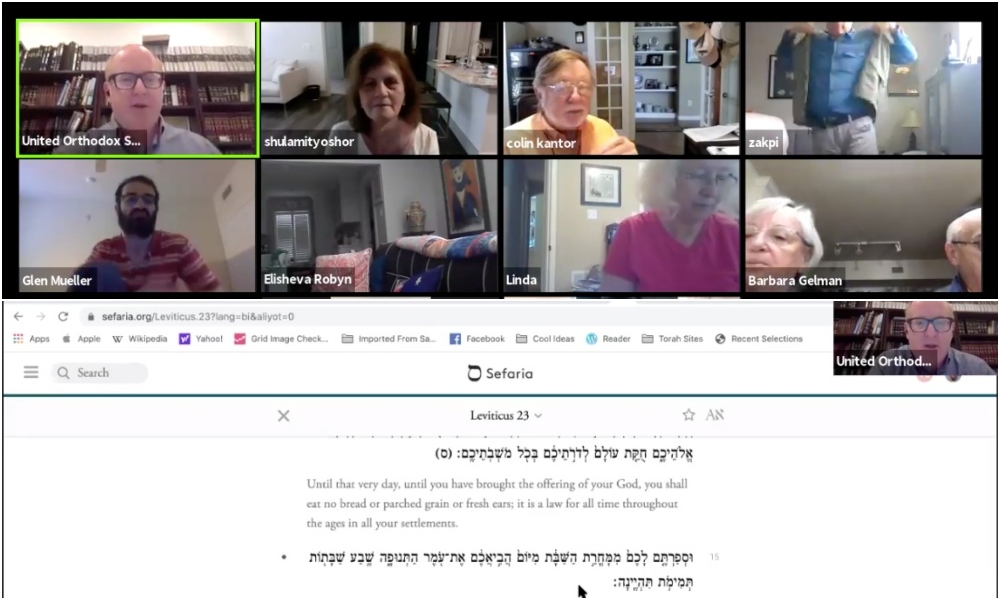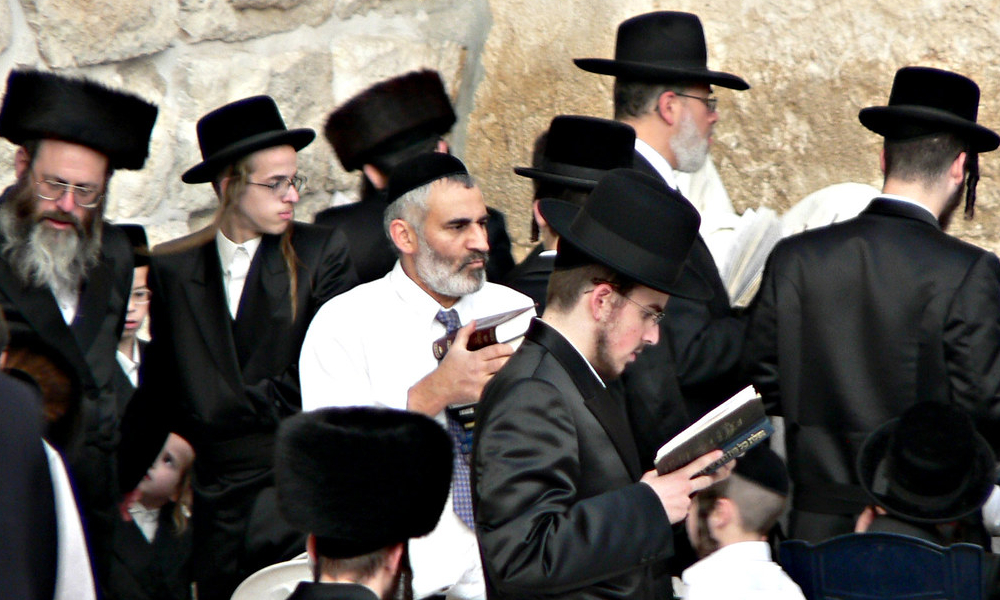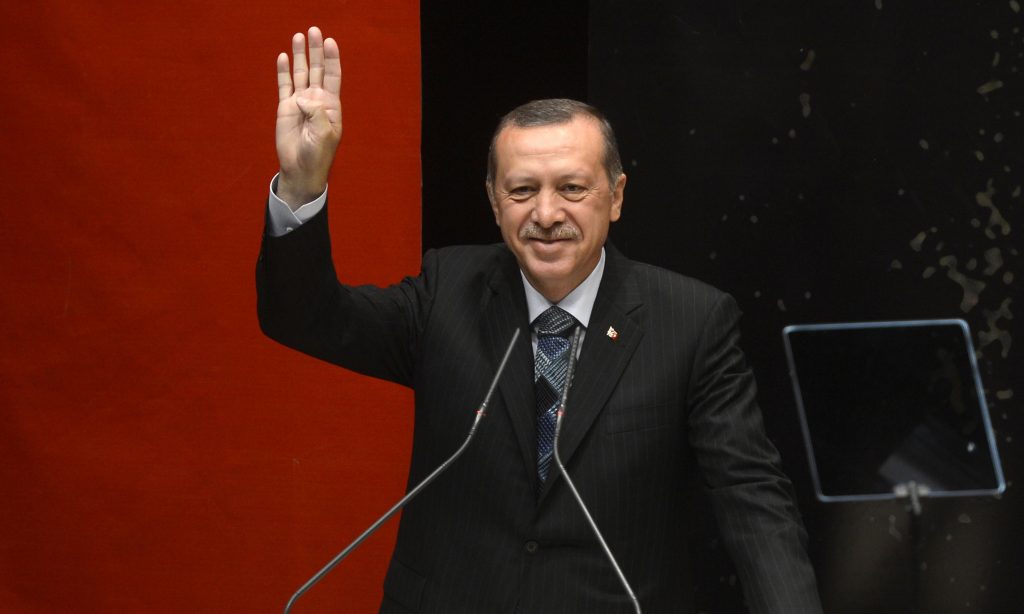The Mourner’s Kaddish, a prayer with ancient roots that a person says upon the loss of a parent, sibling or spouse, is one of the most instantly recognizable Jewish prayers of all time. Different versions of its sonorous and alliterative words, “Yitgadal v’yitkadash Shmei rabbah” (“May His great Name be exalted and sanctified”) and the congregational response, “Y’hei Shmei rabbah mevorach” (“May His great Name be blessed”), drawn from passages in the biblical books of Ezekiel, Daniel and Job, are said at various points in synagogue services, funerals, shivas and after Torah study, generally in the presence of a minyan.
But Kaddish has not always been recited by mourners. There is a scholarly consensus, says David Shyovitz, a professor of history at Northwestern University, that the earliest version of the Kaddish is the “Rabbis’ Kaddish,” originally said in the rabbinic study hall following Torah study. Although the Talmud mentions the act of saying “Y’hei Shmei rabbah mevorach” (“May His great Name be blessed”) when entering a study hall or sanctuary or at the end of a discourse on Torah, the word “Kaddish” does not appear until the 6th-century post-Talmud tractate Sofrim. Meaning “sanctification” in Aramaic, it is related to the Hebrew word kadosh, which means “holy.” The first-known full text of the Kaddish that we know today appears much later, in the 9th-century Siddur of the Babylonian Sage Rav Amram. It is noteworthy that it contains no reference to death or mourning.
Kaddish only emerged as a mourner’s prayer when, sometime during the 12th or 13th century, it became associated with a folktale about redemption in the afterlife. In that medieval legend, Rabbi Akiva, the 2nd-century sage, is walking in a cemetery when he encounters a naked man covered in soot, running and carrying a large pile of wood on his head. When Akiva asks him who he is, the man explains that he is dead, but that in life he was a corrupt tax collector, and, as a punishment, every day he must gather wood for his tormentors to burn him each night. He tells Akiva that he has heard he could be redeemed if he had a son who would stand before the congregation and recite, “Bless the Lord who is blessed,” and if the congregation were to say, “Amen” and “May the great Name be blessed” (“Y’hei Shmei rabbah mevorach”). So Akiva finds the man’s young son and tutors him in Torah. When he eventually brings the boy before the congregation to say those blessings and hear the congregation’s response, the man is released from his punishment. The man then comes to Akiva in a dream to bless him for saving him from the sentence in Gehenna—Hell.
The link between an orphaned child saying the Kaddish and the redemption of his parent spread quickly. According to Elie Kaunfer, a rabbi and founder of the nondenominational Hadar Institute, there are more than 70 versions of this legend, all of which involve a son redeeming his father from Gehenna by reciting Kaddish or another prayer. In his essay “The Subversive Kaddish,” Northwestern’s Shyovitz notes that the language and imagery of the medieval version of the Akiva story, found in the Mahzor Vitri, a 12th-century French compendium of religious practice, draws not only upon Talmudic language about punishment and judgment in Hell, but also upon medieval descriptions of Jesus, indicating that the Mourner’s Kaddish was, at its inception, understood as an intercessory prayer for the sinful dead who were suffering in Purgatory. It came into increasingly wider use, as evidenced by references to the “Kaddish Katan” (“the Child’s Kaddish”), by French and German Jewish authorities in the 13th and 15th centuries, respectively, says Shyovitz. By the 16th century, the “Orphan’s Kaddish” had spread throughout the Jewish world. To accommodate all those seeking to say Kaddish, multiple recitations were inserted in the service. This eventually became impractical, leading to the current custom of all mourners saying Kaddish together.
Today, it is doubtful that many mourners see themselves as intervening with God on behalf of their parents (or siblings or spouses). But many see the Kaddish as a personal prayer of consolation. And the emotive power of the language, with its mantra-like alliterations, combined with the intercessional roots of the Kaddish in the Talmud and the Akiva legend, has fueled an outpouring of Kaddish-based creative poems, music and literature crying out for redemption.
Some of it is personal: for example, Beat poet Allen Ginsberg’s 1950s 30-page poem, “Kaddish,” which is about the loss of his mother and relives her pain and suffering. On another level, however, Kaddish is also about redeeming the world, says Hadar’s Kaunfer in his 2016 essay “Mourner’s Kaddish: A New Framing.” Kaunfer observes that the Kaddish “is about the larger mourning that is occasioned by the state of a ruined world.” He cites a story in the Babylonian Talmud that indicates that in Talmudic times the declaration “Y’hei Shmei rabbah . . .” was intended to console God for the loss of His Temple. In the story, the Prophet Elijah speaks to Rabbi Yossi as he enters a ruin in Jerusalem to pray. Elijah tells him: Whenever the children of Israel enter the synagogues and schoolhouses and say, “May His Great Name be blessed” (“Y’hei Sh’mei HaGadol mevorach”), God happily recalls his Temple, but then says, “Woe to the father that had to banish his children from his house.” Thus, according to Kaunfer, the Kaddish “is a reminder to God of the old world that stands in ruins, and suggests the fellowship that the mourner might feel with God, as both grieve for a loss.”
A notable example of such a reminder is a poem composed in the 18th century called “The Kaddish of Rabbi Levi Yitzchok of Berditchev,” also called “Levi Yitzchok’s Lawsuit Against God,” in which Levi Yitzchok calls God to account for his failure to end the suffering of the Jewish people. Paul Robeson, the famous mid-20th-century baritone, sang Levi Yitzchok’s “Kaddish” at rallies for Eastern European Jews following the Second World War and at a famous 1958 Moscow concert. A similarly defiant prelude to the Kaddish is Nobel Laureate S.Y. Agnon’s 1947 “Introduction (Petiha) to the Kaddish.” The Israeli author turns the Kaddish on its head, proclaiming that it is the slain “legions of God”—the Jewish fighters for independence—who are really the ones “magnified and sanctified.” Leonard Bernstein’s “Kaddish Symphony” (Symphony No. 3) also echoes Levi Yitzchok’s Kaddish. There, the music and narration evolve from a tonal, naïve acceptance of God’s will, to an atonal rebellion asserting that man is God, to a final tonal reconciliation of a partnership of man and God. Composed in 1963, it expressed cosmic rage at a broken world, while seeking healing after the assassination of President John F. Kennedy.
Despite its widespread use, Kaddish is sometimes portrayed as a lost tradition. In both Tony Kushner’s 2003 play Angels in America and the 2020 film An American Pickle, the main characters, at pivotal moments, forget or don’t know how to say Kaddish, layering the loss of identity onto the pain of personal loss. But Kaddish seems anything but forgotten: Instead it seems as if this great Talmudic prayer has been seared into the Jewish soul, both secular and religious.
Opening Picture: Photo credit: Marissa Vonesh














Aramaic: mevarach, not mevorach.
isn’t kiddish in Aramaic ?